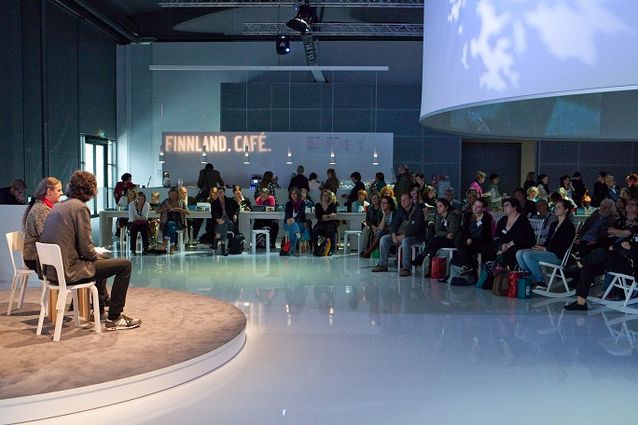Iris Schwanck
Iris Miette Schwanck
Born February 2, 1950, Geneva
MA 1977 (Romance Philology), University of Jyväskylä
PhD 1994 (Romance Philology), University of Helsinki
Thesis La petite aventure dont le lecteur se souvient peut-être. Analyse linguistique des instrusions du narrateur dans huit romans (‘The little adventure which the reader may remember: A linguistic analysis of narrator intrusions in eight novels’)
Director of the Finnish Literature Exchange (FILI), Finnish Literature Society, 2001–2015
Director of the Finnish Institute in France 1999–2001
Assistant director of the Centre for International Mobility (CIMO) 1995–1999
Coordinator of international affairs at the University of Helsinki 1990–1995
Assistant in Romance Philology at the University of Helsinki and the University of Jyväskylä 1981–1990
Study trips to Uppsala (The Nordic Africa Institute), Paris (Paris West University Nanterre La Défense) and Brussels (Université libre de Bruxelles)
Publications: articles on 19th century French literature, French-African literature, the internationalization of universities and the exportation of Finnish literature.
Prizes and Special Achievements
President and member of the board at the European Association for International Education (EAIE) 1998–1999
Chair of the Lahti International Writers’ Reunion 2001
Alumnus of the University of Jyväskylä 2002
Comic of the Year award 2008
Comic special recognition award 2014
Knight in the Legion of Honour 2010
Knight of the White Rose of Finland 2005
High commissioner of the Finnish Cultural Exchange Season in France 2005–2008
Head coordinator of the Nordic theme project in the Paris Book Fair 2011
Project Director of Finland. Cool. at the 2014 Frankfurt Book Fair 2011–2014
Chair of the Finlandia Prize jury 2015
Photo: Heli Sorjonen
Written by Iris Schwanck (Riitta-Ilona Hurmerinta, ed.)
Translated by Joe McVeigh

